If you’ve invested in digital marketing for your medical practice but have yet to see significant results, one of these five common issues may be to blame.
As more and more medical practices begin to focus the bulk of their marketing efforts on digital channels, the competition for acquiring new patients online has reached an all-time high.
As a result, measurable success requires a holistic approach to optimization and engagement at all stages of the patient path to treatment. In the age of consumer-driven health care, patients expect seamless, personalized, and highly intuitive online experiences — as such, your ability to recognize and quickly address areas of weakness in your digital strategy will likely dictate whether a new patient books an appointment or heads for the digital door.
Here are five common pain points for medical practices, along with some tips and tricks to improve outcomes and boost your digital marketing ROI.
1. Online Visibility
At may seem obvious, but increasing the number of new appointments booked online is going to be pretty difficult if patients can’t find your medical practice’s website in the first place. Make sure you’re doing everything you can to boost your online visibility, such as maintaining an active presence on all major social media platforms; generating a steady stream of highly informative (and keyword-heavy) content for your practice’s blog; and adding your listing information to Google My Business and other popular review sites such as Yelp, ZocDoc, and HealthGrades.
2. Digital Ad Campaigns
When it comes to digital marketing, execution is the name of the game — no matter how much you invest in your AdWords campaign, if you don’t take the proper approach to messaging, targeting, and performance tracking, it’s not likely you’re going to see much of an ROI. With the proper approach to keyword and demographic targeting, you can refine your audience based on specific qualifications such as age, condition, location, and even their position in the path to treatment. In other words, you’re serving the right advertising materials to the right patients at the right point in time, thereby increasing the impact of your campaign while simultaneously lowering overall costs.
3. Visual Content
In a content-saturated world, effective use of imagery and video can often be the determining factor for a patient deciding between two different providers. Include high-quality images of your facilities, practicing physicians, staff members on your website. If you offer a results-based service, it’s also a good idea to include “before and after” pics that emphasize the concrete value your practice can provide. But make sure to avoid overly graphic images of procedures and/or injuries, and stay away from generic stock imagery — this can be viewed as inauthentic by prospective patients.
Lastly, it’s a good idea to include video content whenever possible. According to Animoto, 73% of U.S. adults are more willing to make definitive purchasing decisions after watching a video online. Videos of physicians discussing conditions, procedures, and even offering general health and wellness advice are a great way to humanize your brand and make a personal connection with prospective patients.
4. Phone Etiquette
Ok, so this one may not be as decidedly “digital” as the other items on this list, but phone etiquette definitely warrants a mention. Your phone conduct has a direct and significant impact on the overall outcome of your marketing efforts — both on- and offline. Regardless of how well-crafted an online campaign is, if a patient calls your office and is unable to reach someone — or reaches someone who’s rude or unhelpful — chances are they’ll hang up and move on to the next best option.
Take the necessary steps to train your front-of-office staff on proper phone etiquette, as well as basic information about your practice’s primary service lines and protocol so they can be as helpful as possible when answering patient questions.
5. Mobile Optimization
As mobile’s role in the patient path to treatment continues to expand, it’s quickly becoming a non-negotiable requirement for medical marketers looking to achieve success online. When you look at the numbers, it’s not difficult to see why: approximately 72% of American adults own a smartphone, and about 62% of that group report having used their mobile devices to seek out health-related information.
For starters, make sure your website is “mobile-friendly” — seek out a website hosting platform that automatically reformats the page depending on screen size. This will ensure that your text isn’t too small or your hyperlinks too close together when a prospective patient visits your site on their mobile device. Copy and paste your URL into Google’s mobile-friendly tester to see if your current website is up to snuff.















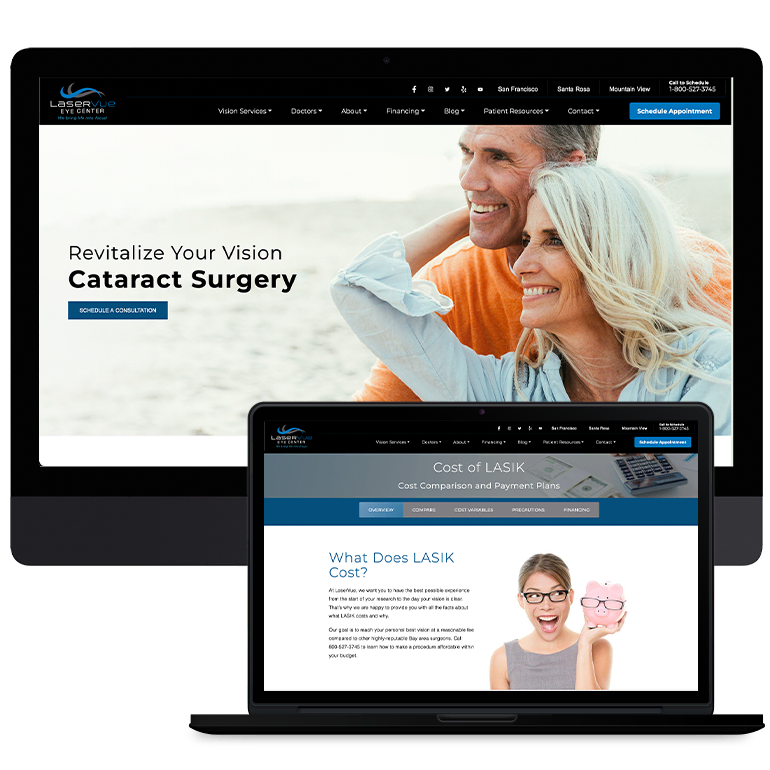
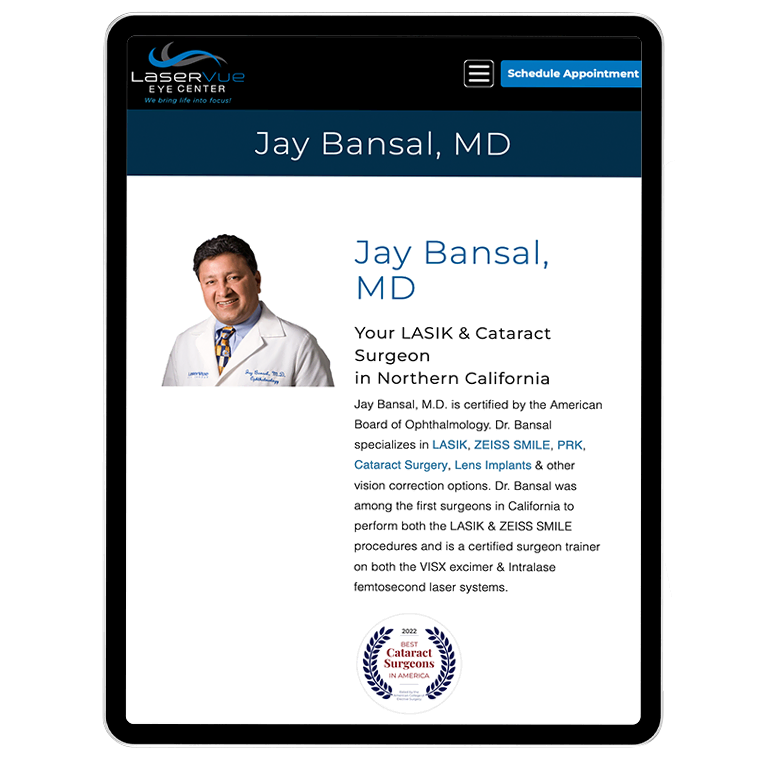


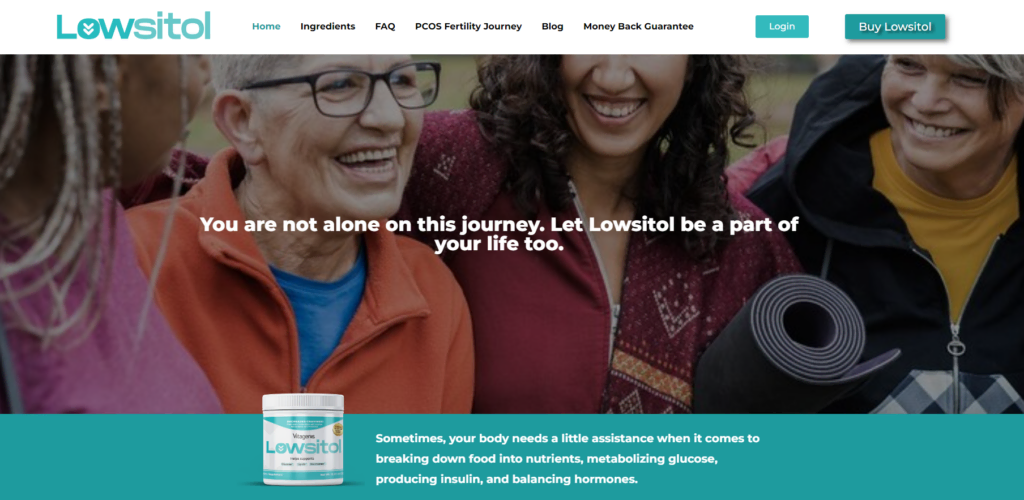

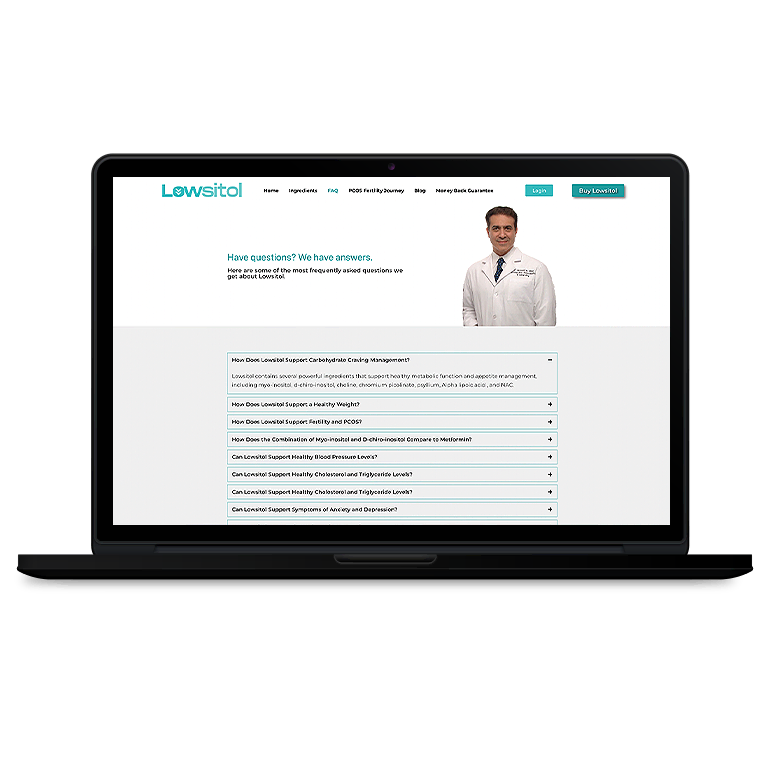
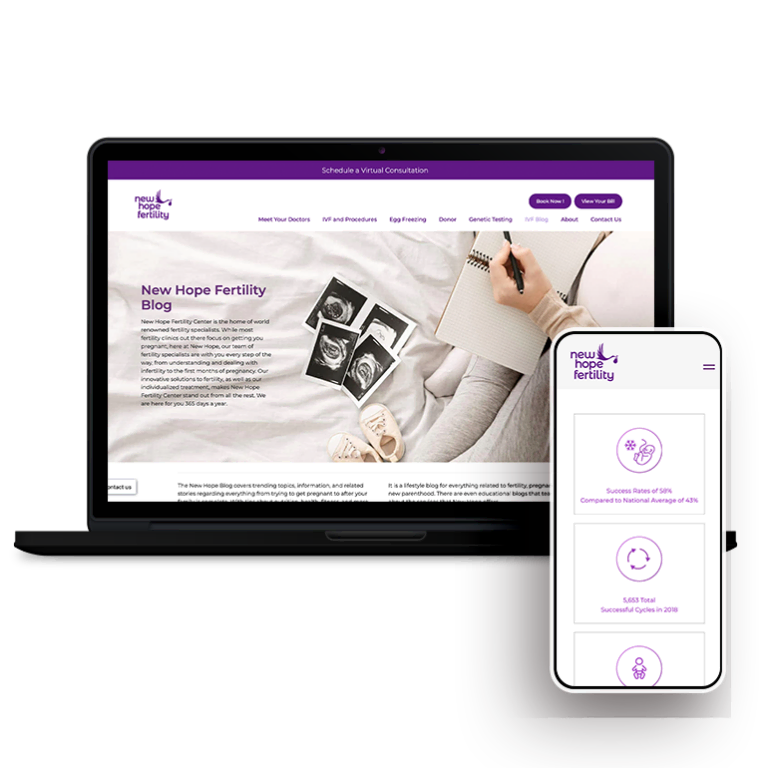


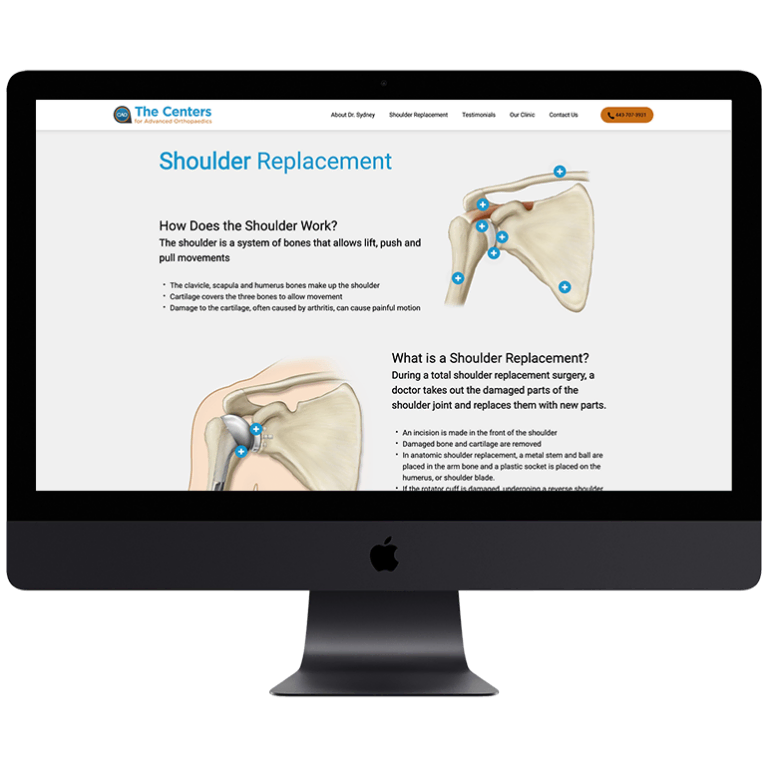


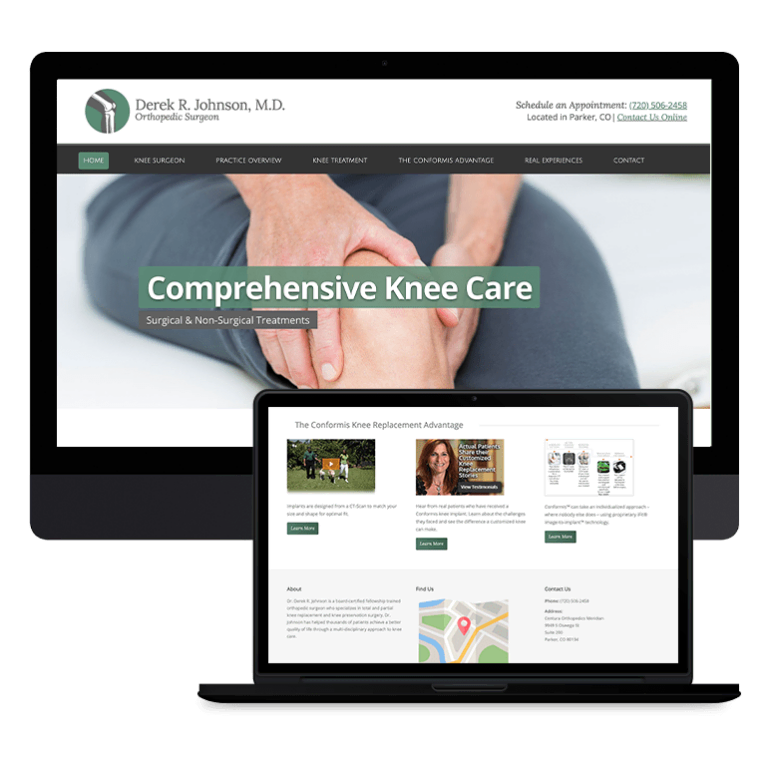

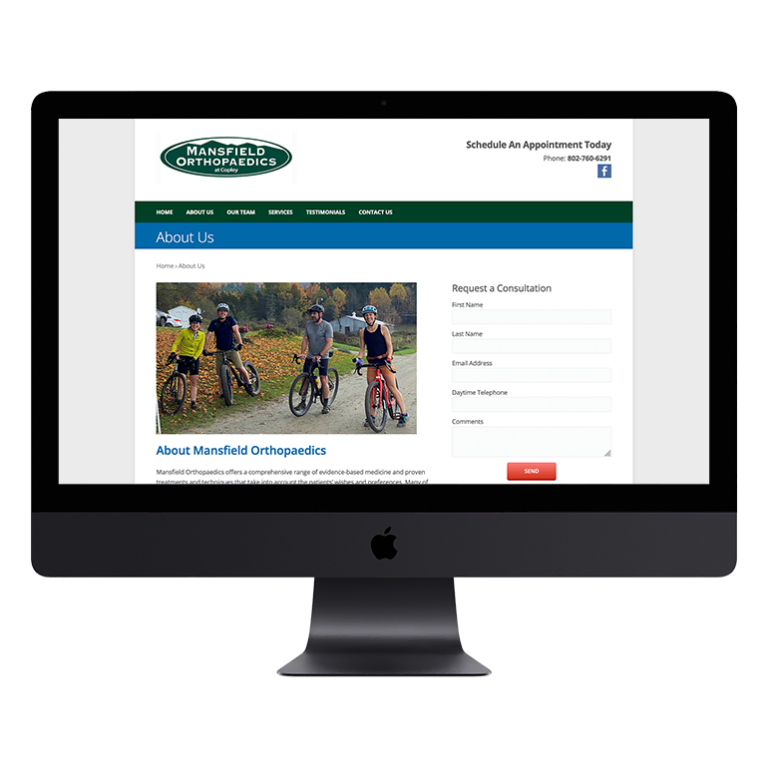
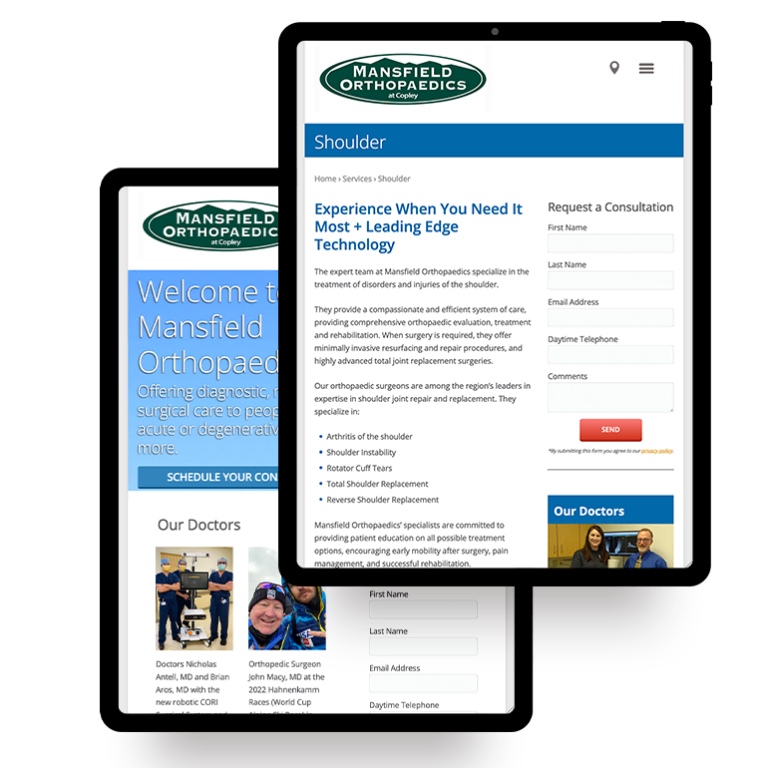
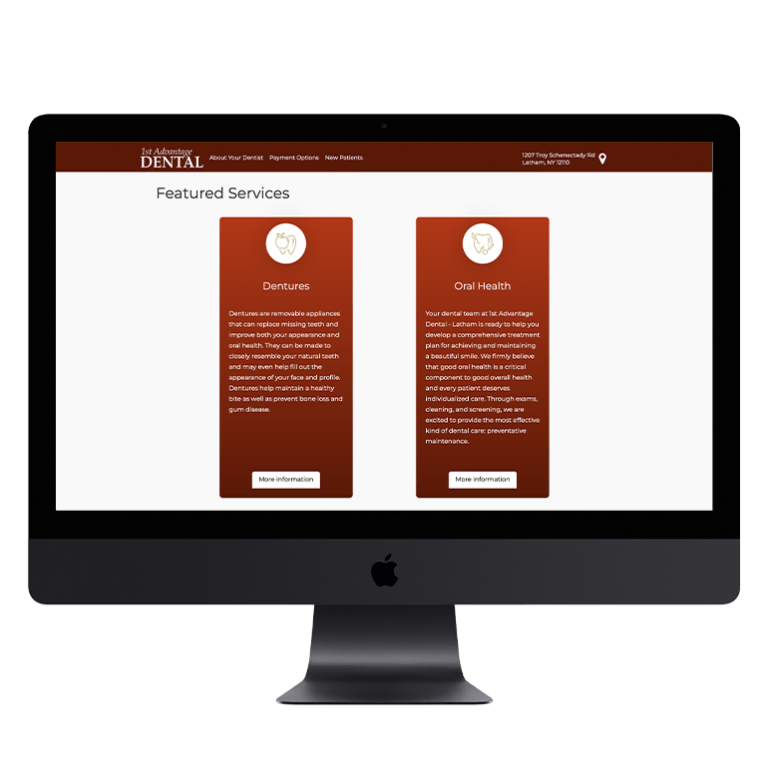
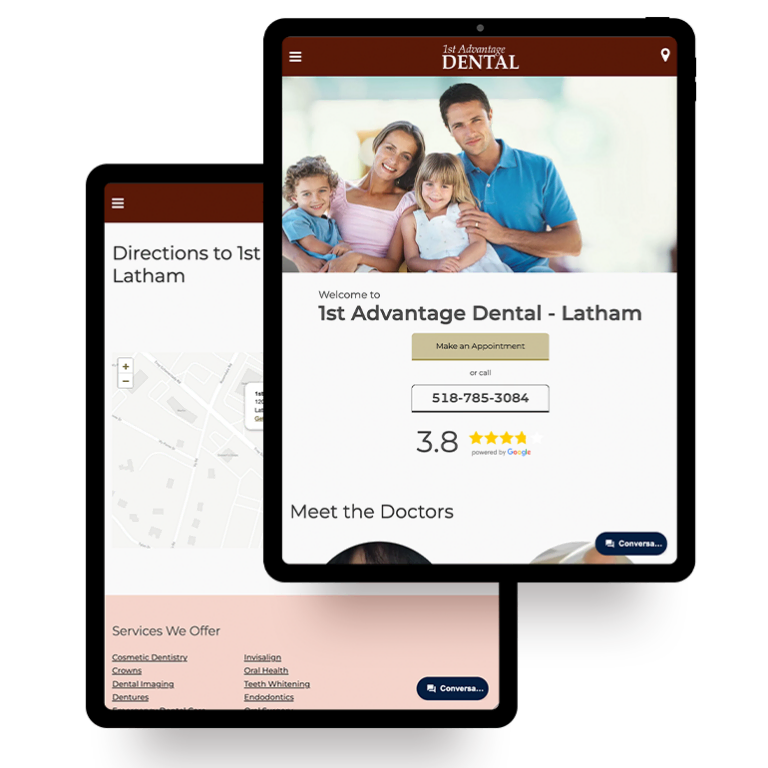
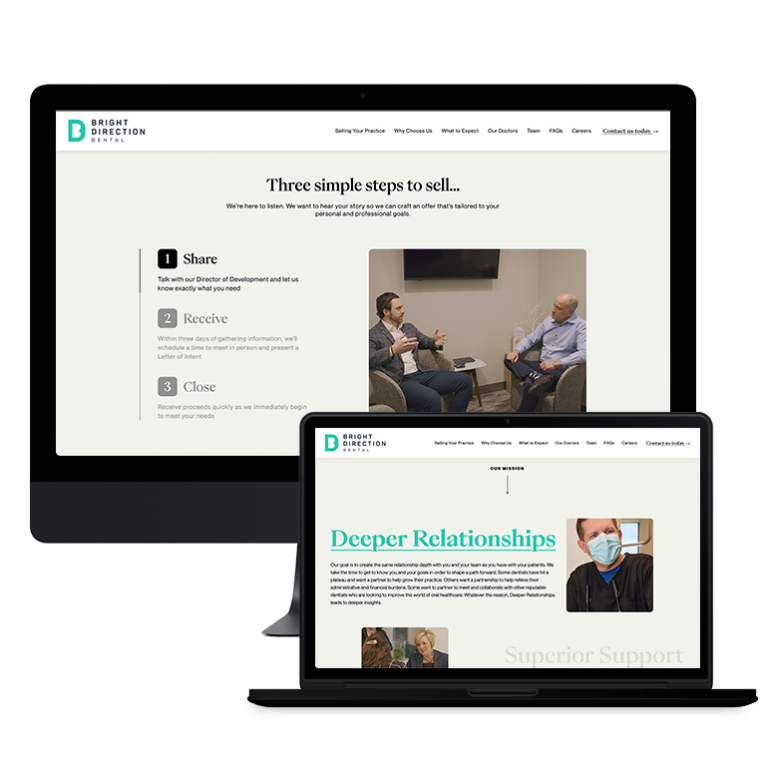
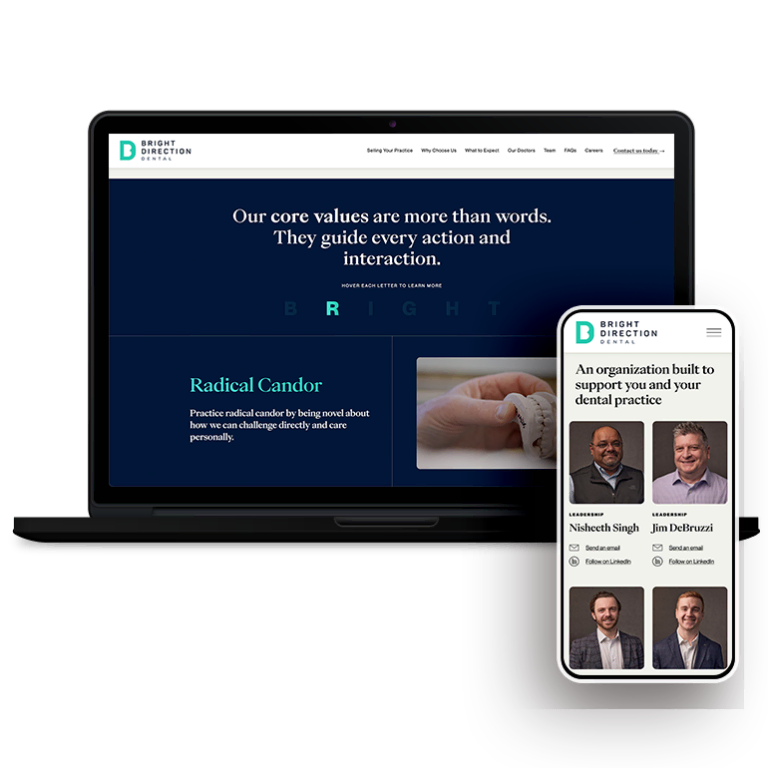
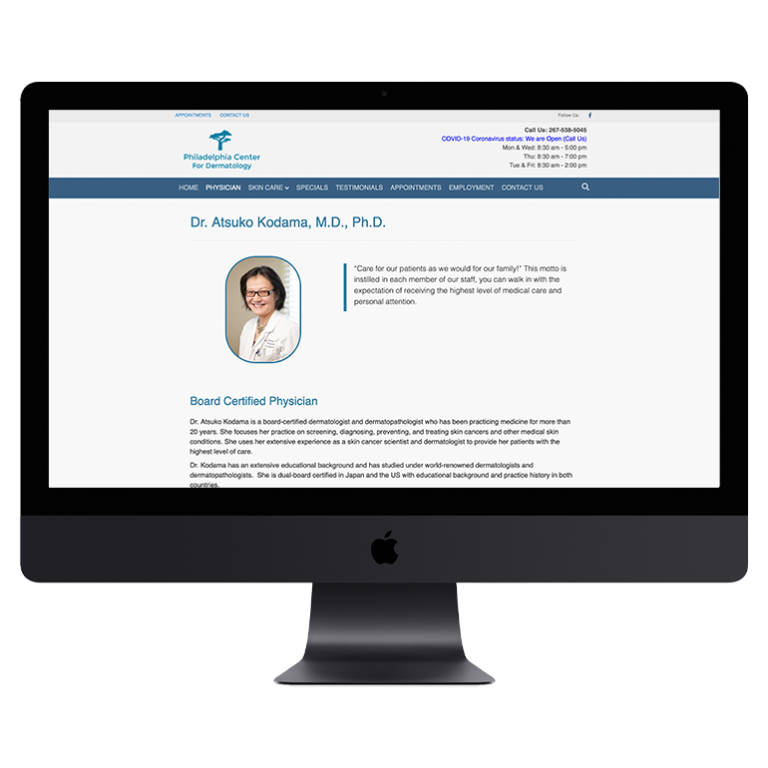
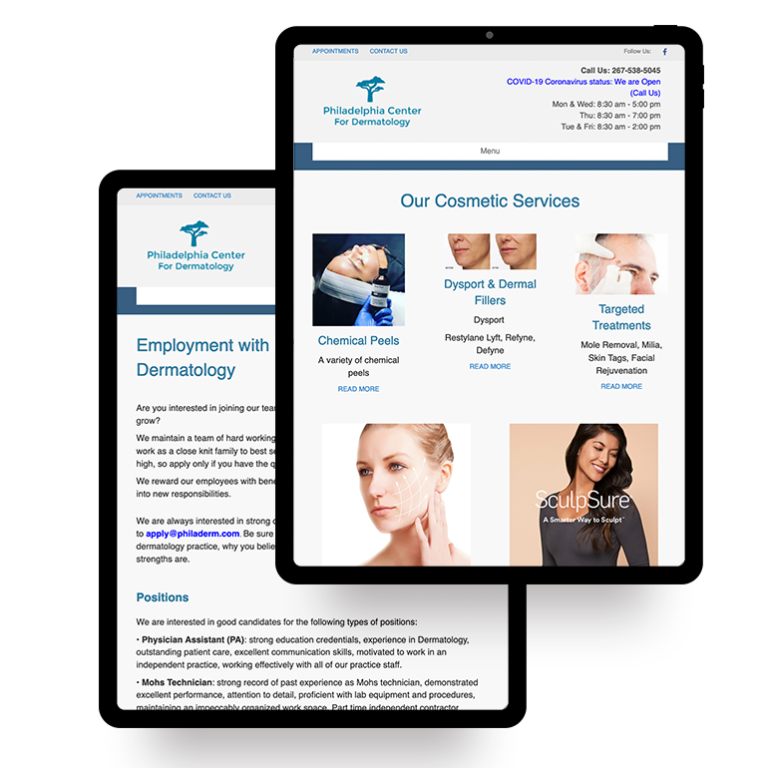


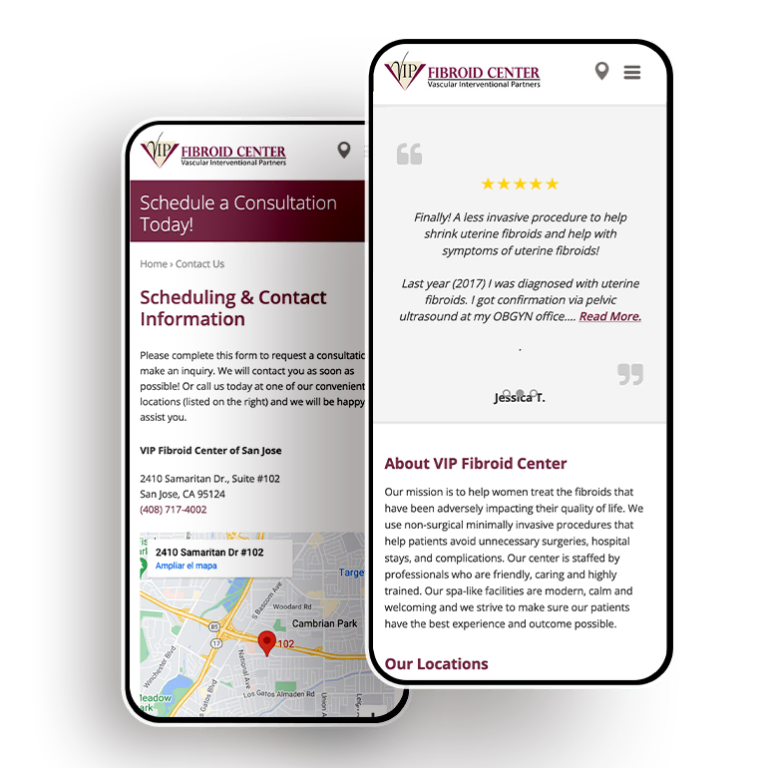
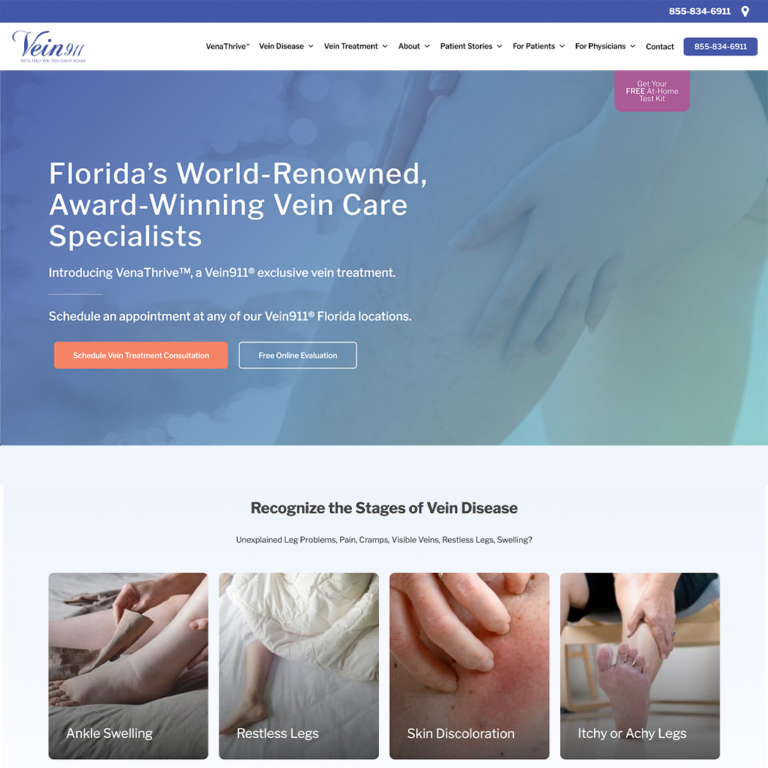
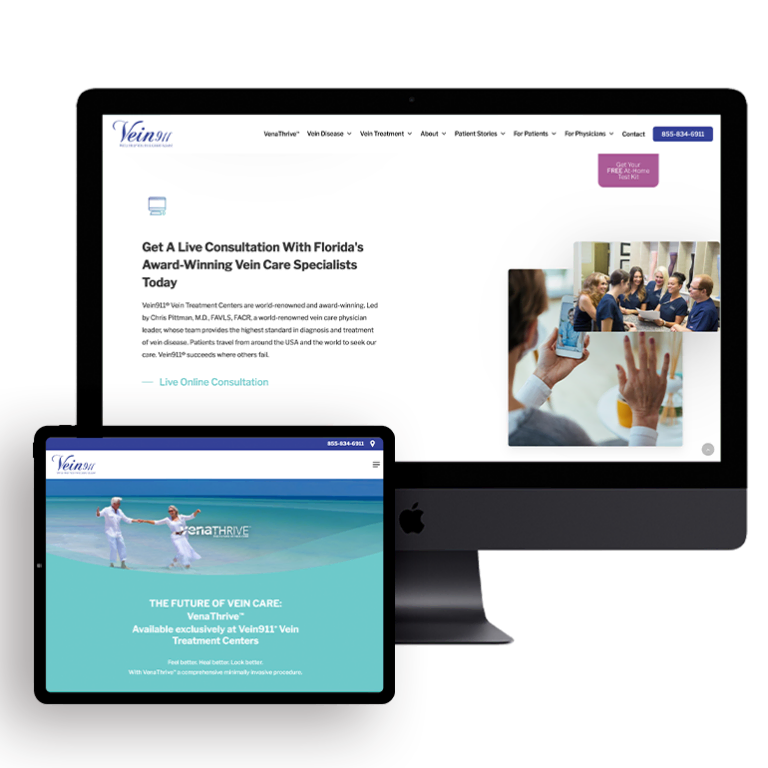
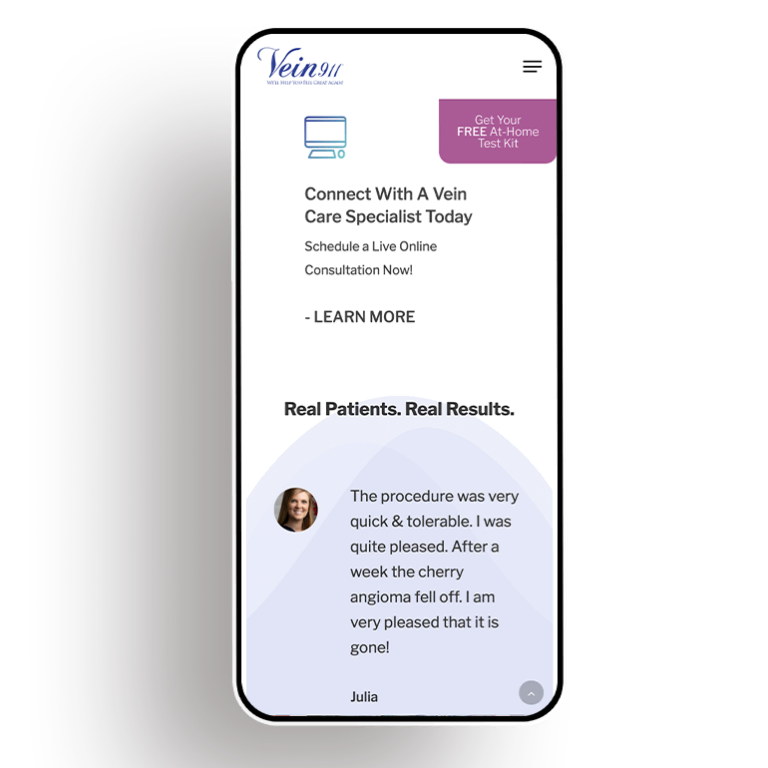
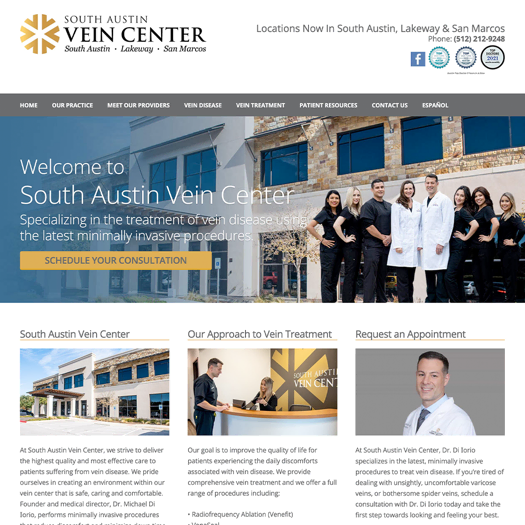
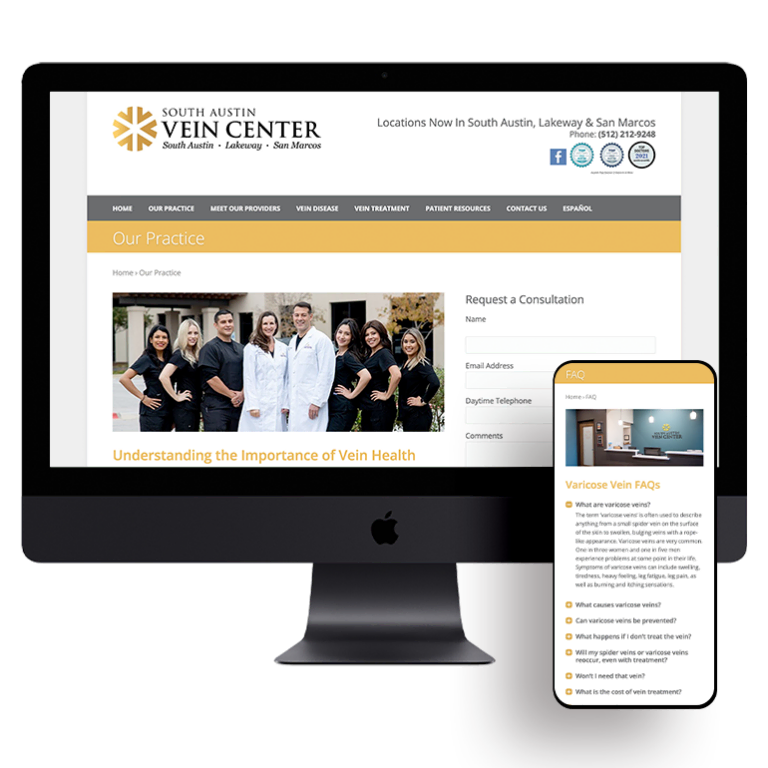
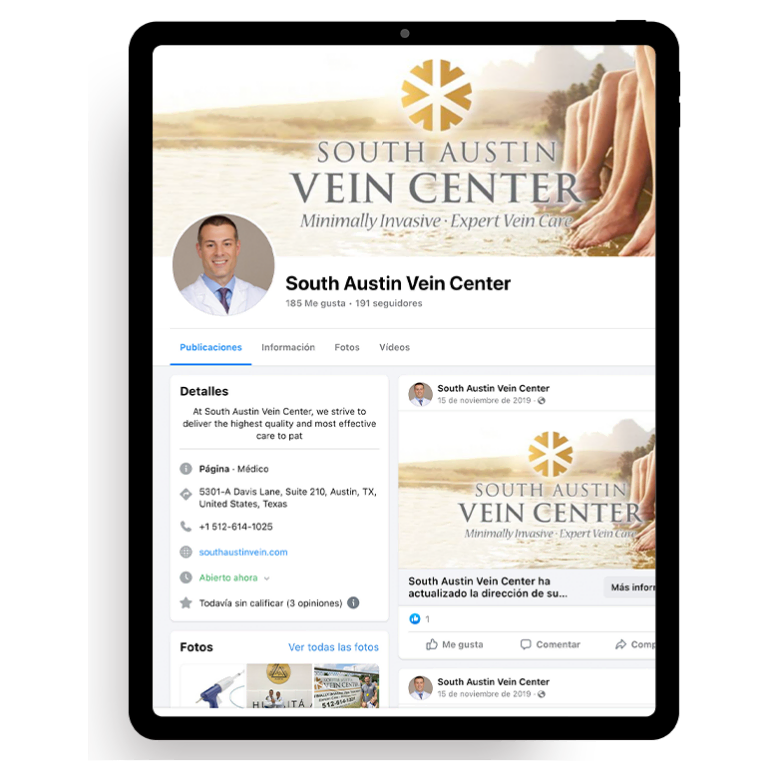

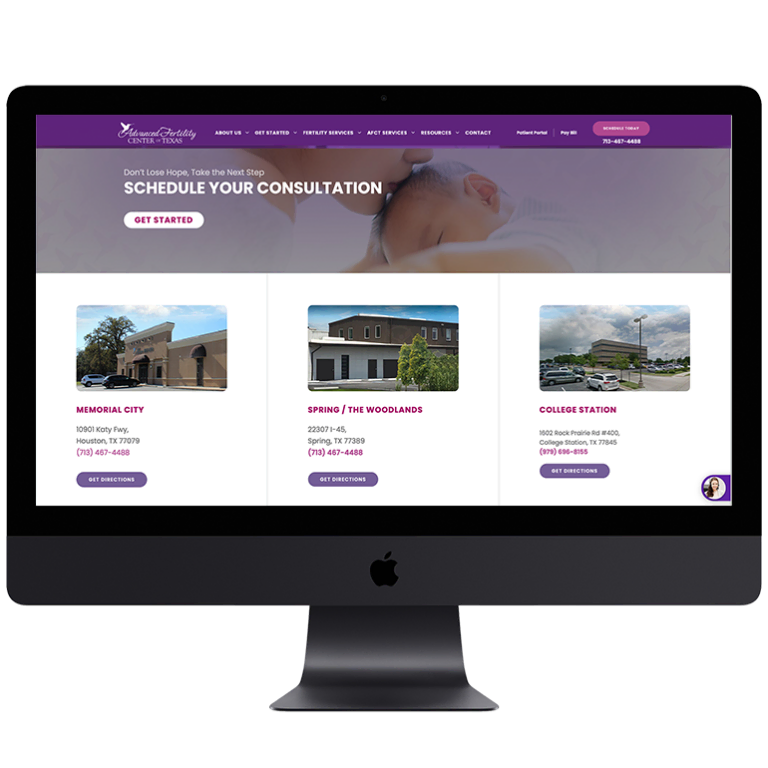
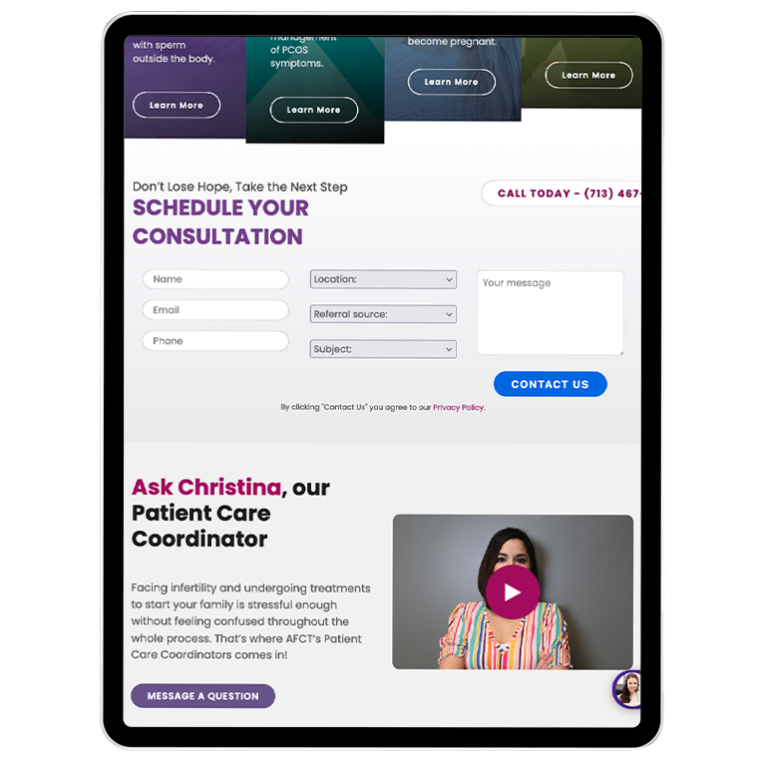
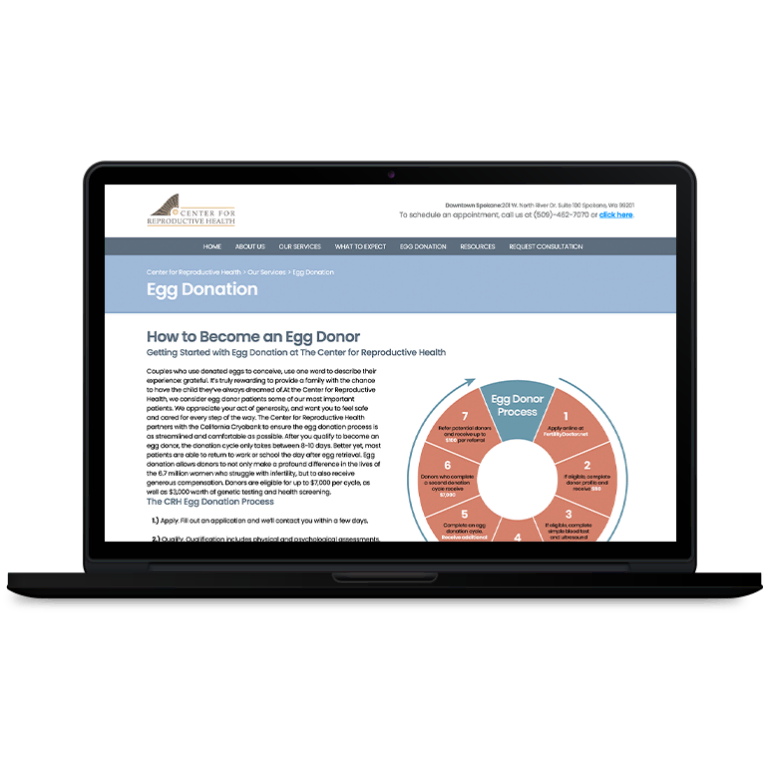
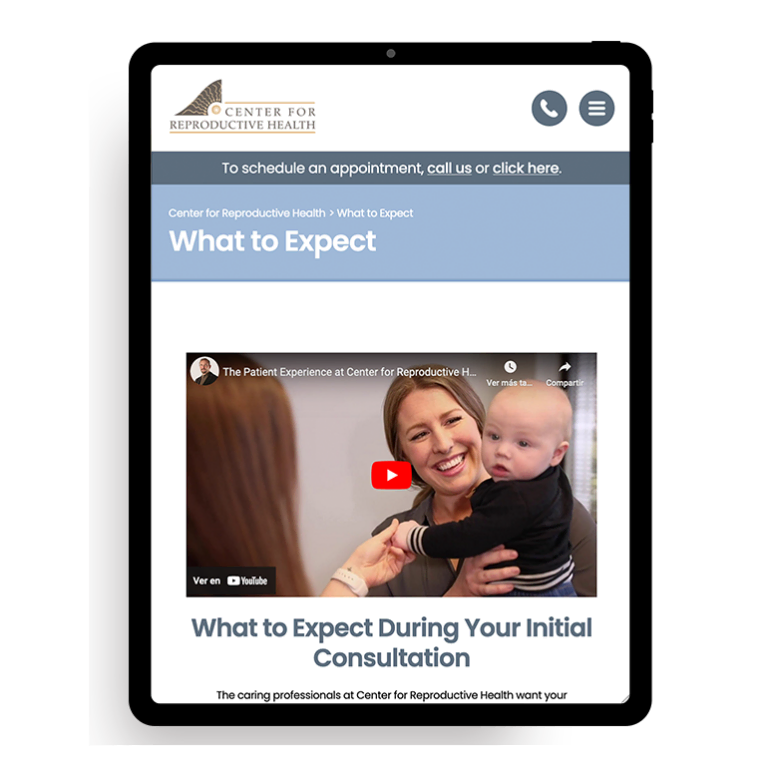
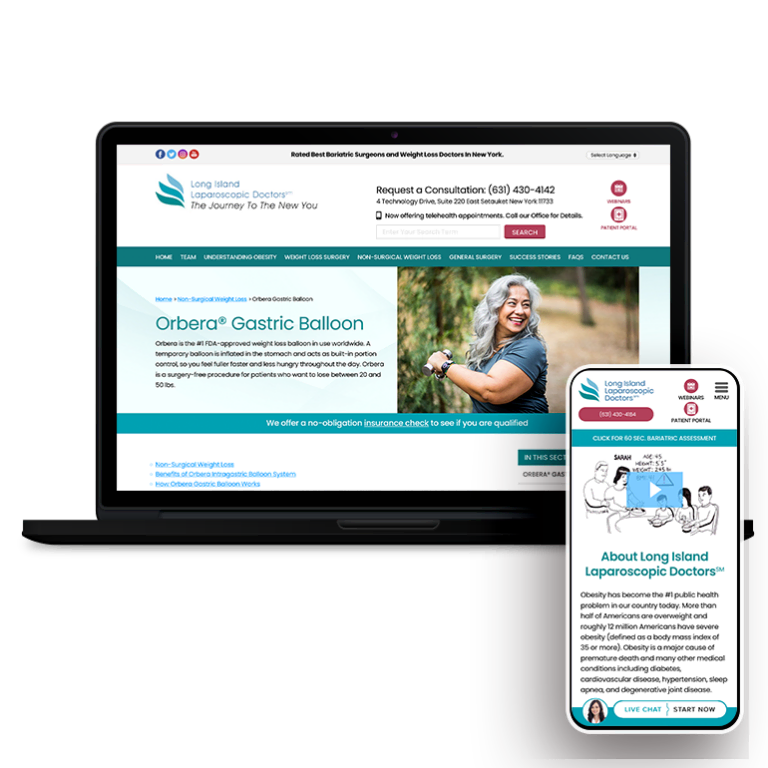
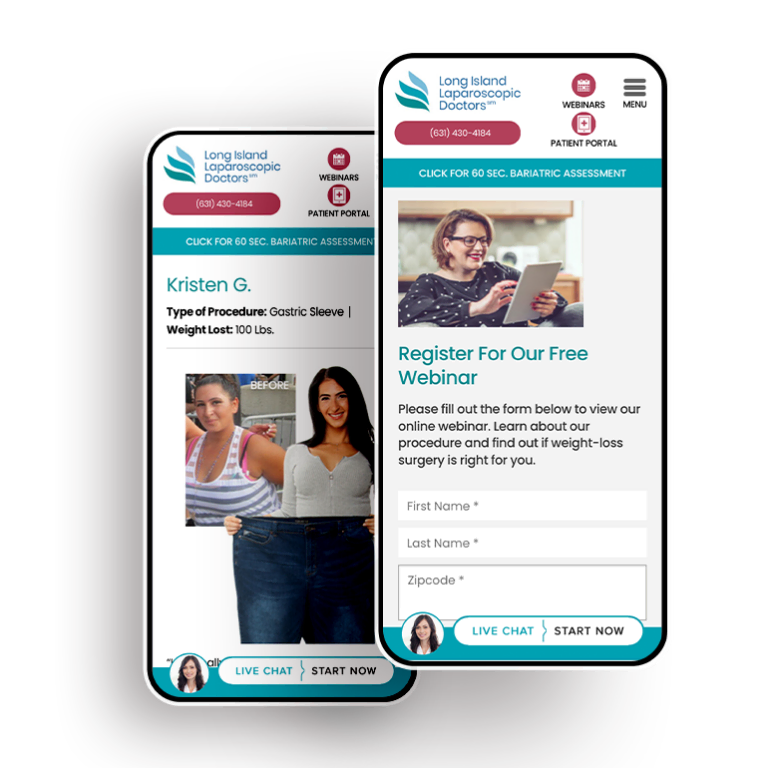
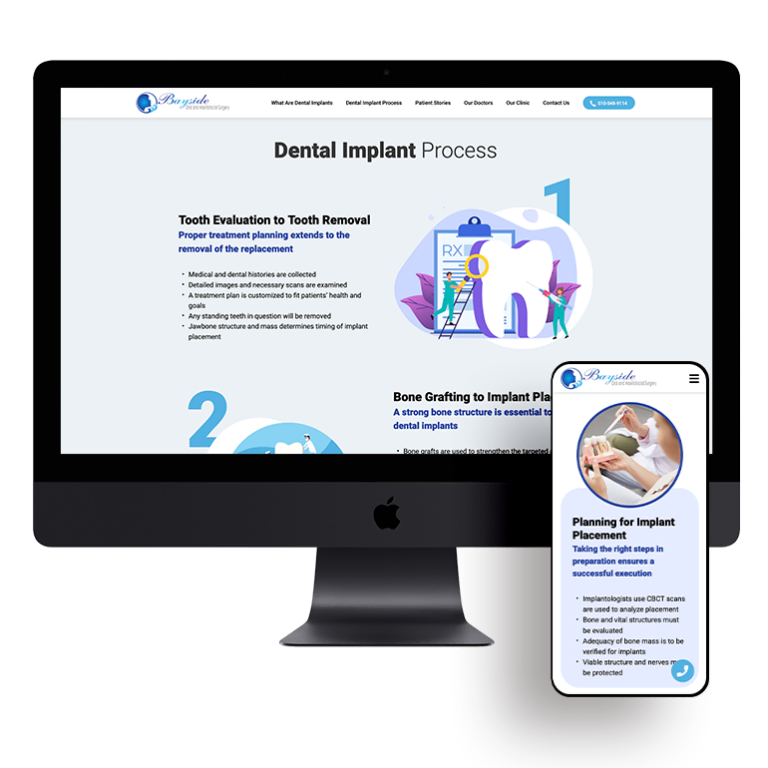
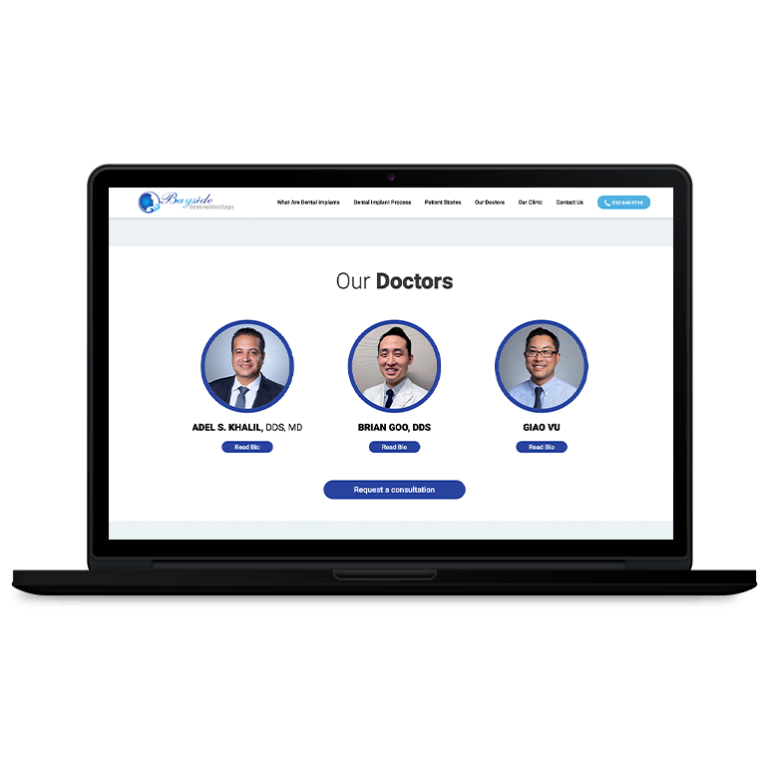

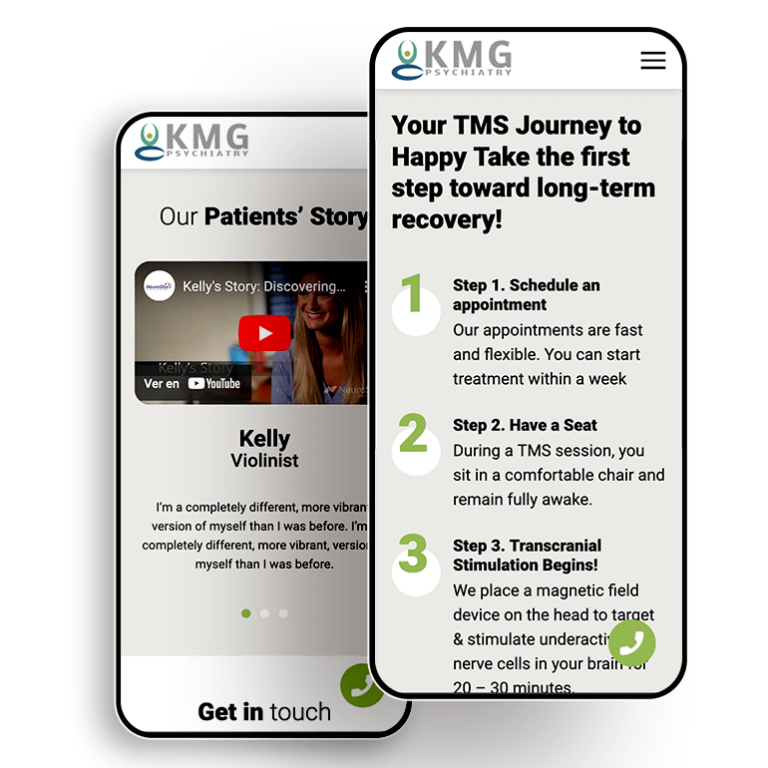
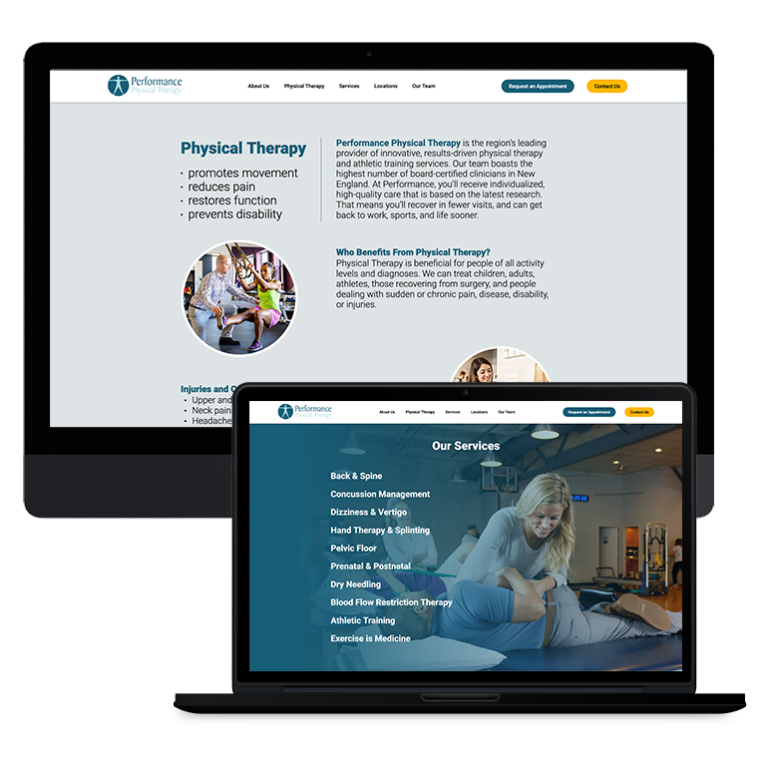
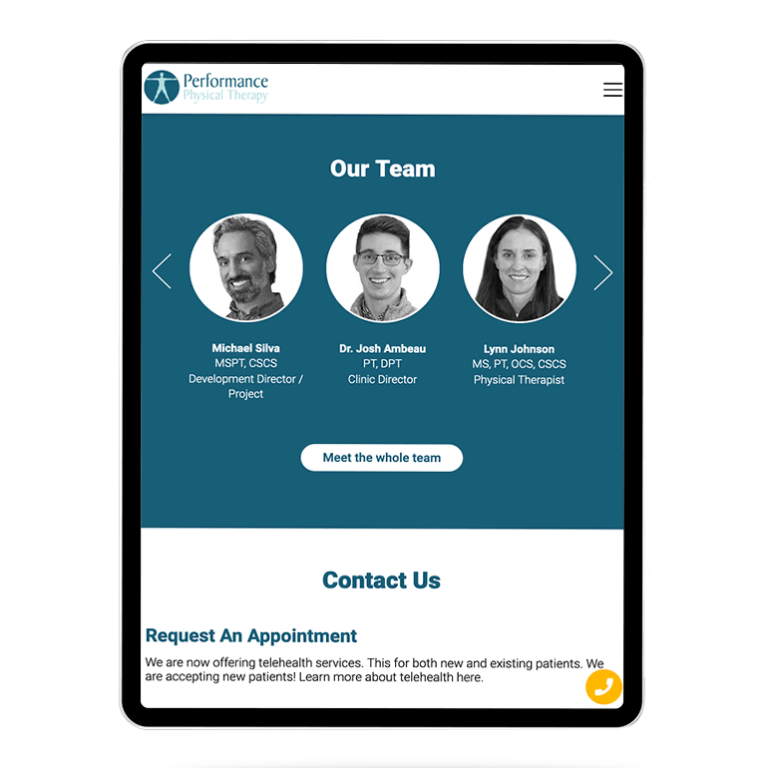


 Smart Design Creates New Patient Opportunities
Smart Design Creates New Patient Opportunities